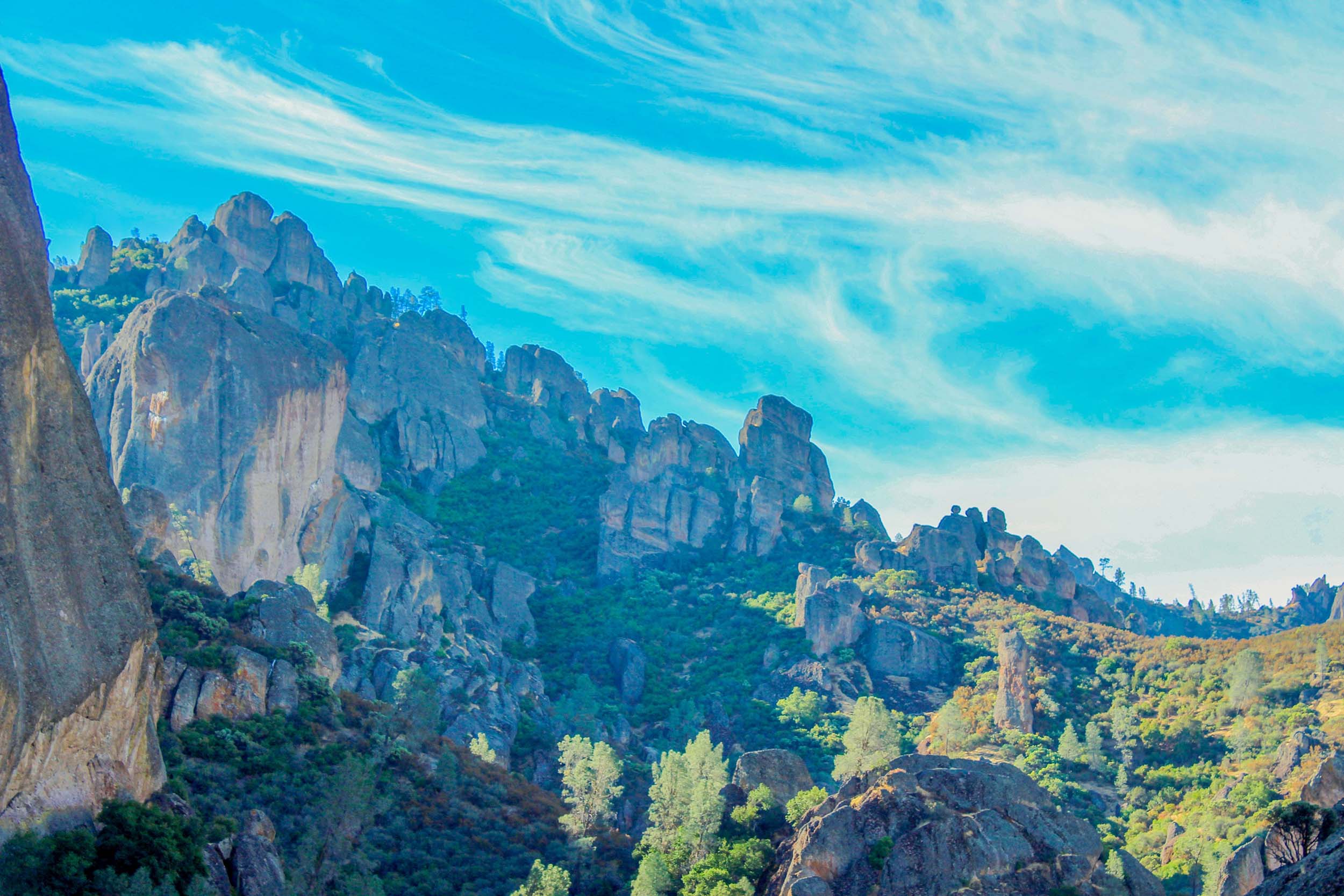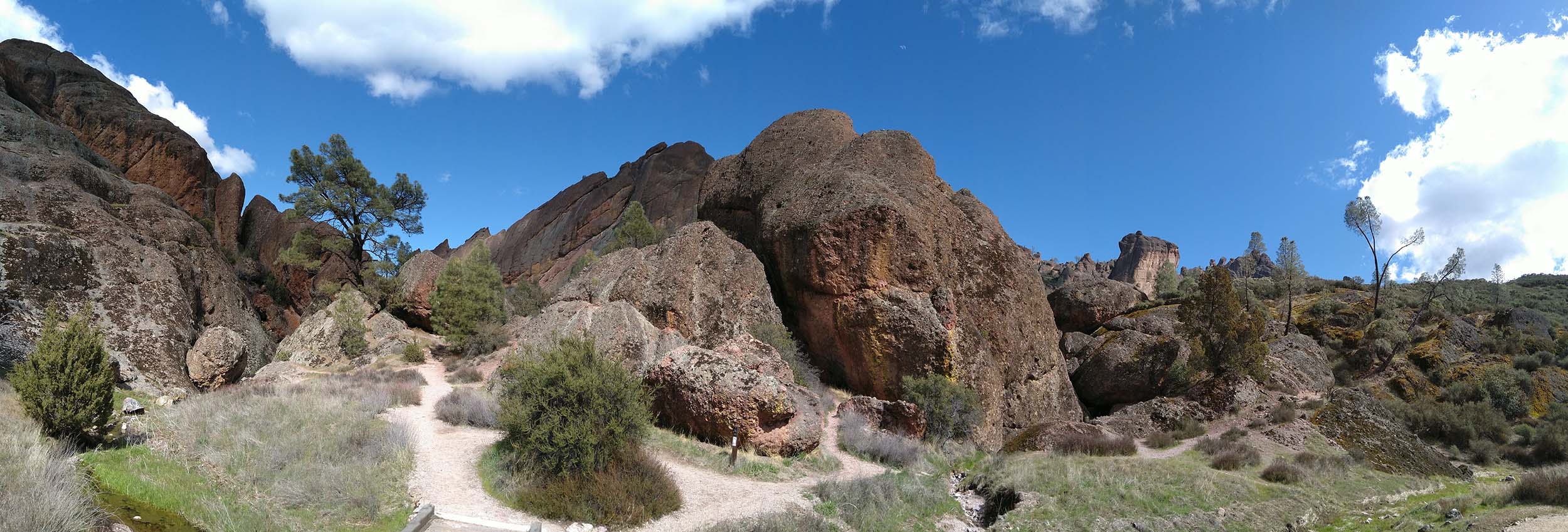Park Information Quick Facts
Location: California
Park Size: 26,606 Acres
Time Needed: 1-3 days
Best Season: Fall or Spring
Must Do: Explore the park’s caves
Pro Tips: The East and West entrances are not connected by a road, so plan your visit based on the trails or attractions you want to explore.
Visitor Centers
Pinnacles National Park features two visitor centers, one at each entrance, offering unique resources and experiences for park visitors. The East Entrance Visitor Center is the primary hub, located near the campground. Here, visitors can find a small store with snacks, supplies, and souvenirs, as well as detailed maps and helpful rangers ready to answer questions and provide guidance. This visitor center also features information on the park’s geology, wildlife, and history, making it a great starting point for those wanting to learn about the area’s rich natural and cultural heritage. Additionally, the nearby picnic areas and access to the Bear Gulch trails and caves make this side ideal for families and casual explorers.
Plan Your Pinnacles Adventure Today!
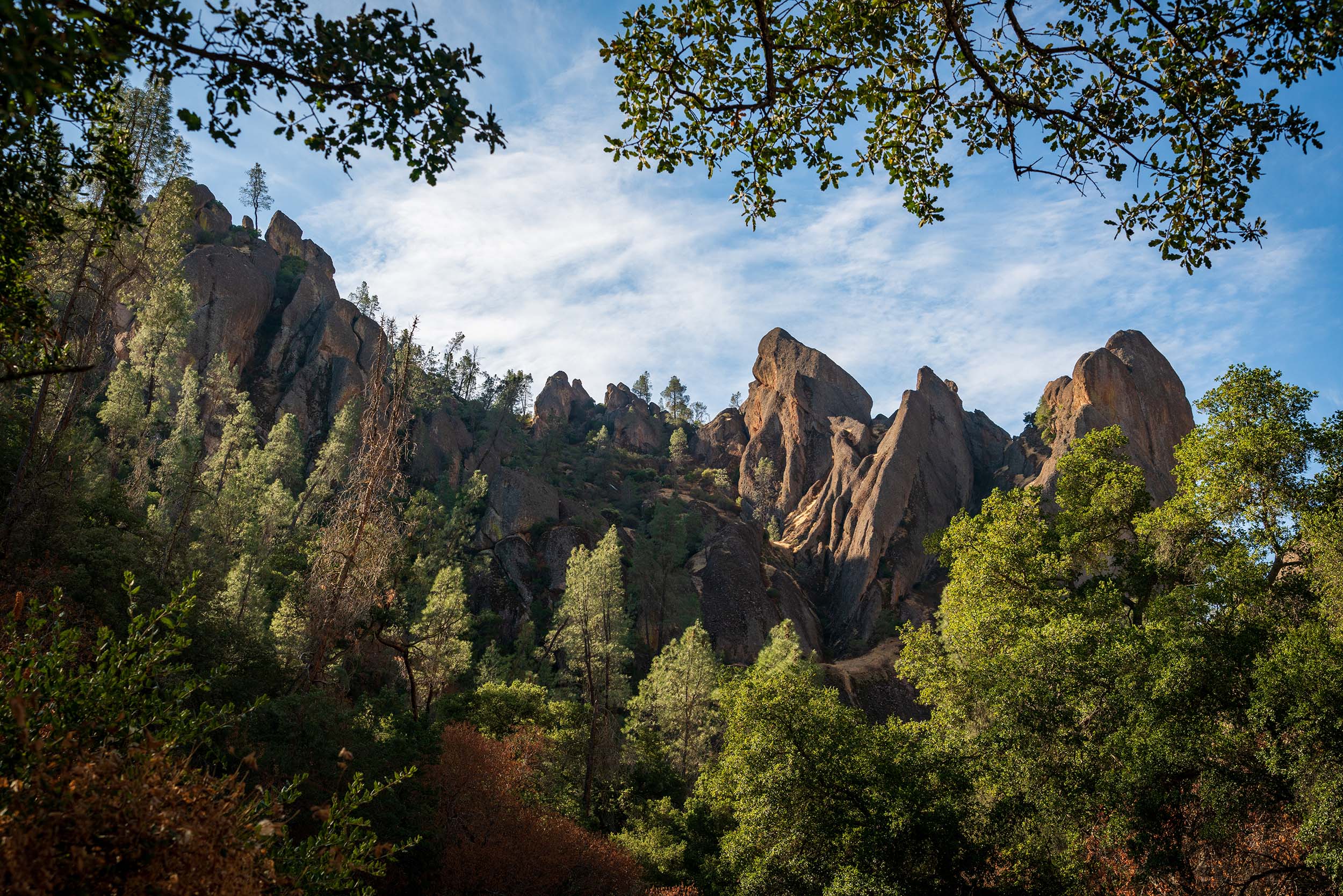
Getting There
How to Travel to Pinnacles National Park
Traveling to Pinnacles National Park requires planning due to its remote location and unique layout with two separate entrances. The park is located in central California, about 80 miles southeast of San Jose. The East Entrance is accessed via Highway 25, near Hollister, and is ideal for those traveling from the San Francisco Bay Area or points north. This side features the campground, picnic areas, and access to the Bear Gulch caves. If you’re traveling from the south or west, the West Entrance, near Soledad, is more convenient and offers access to the High Peaks trails and Balconies Cave. Be aware that there is no road connecting the two entrances, so you’ll need to plan your entry point carefully based on the trails or attractions you want to visit.
For those flying in, the nearest major airport is San Jose International Airport (SJC), about a 1.5 to 2-hour drive from the park. Other options include Monterey Regional Airport (MRY), about an hour’s drive to the West Entrance, and San Francisco International Airport (SFO), about a 2.5-hour drive. Renting a car is essential, as there is no public transportation to the park. When driving, keep an eye out for the scenic agricultural landscapes and vineyards that surround the area, especially if you’re approaching from the west through California’s Salinas Valley.
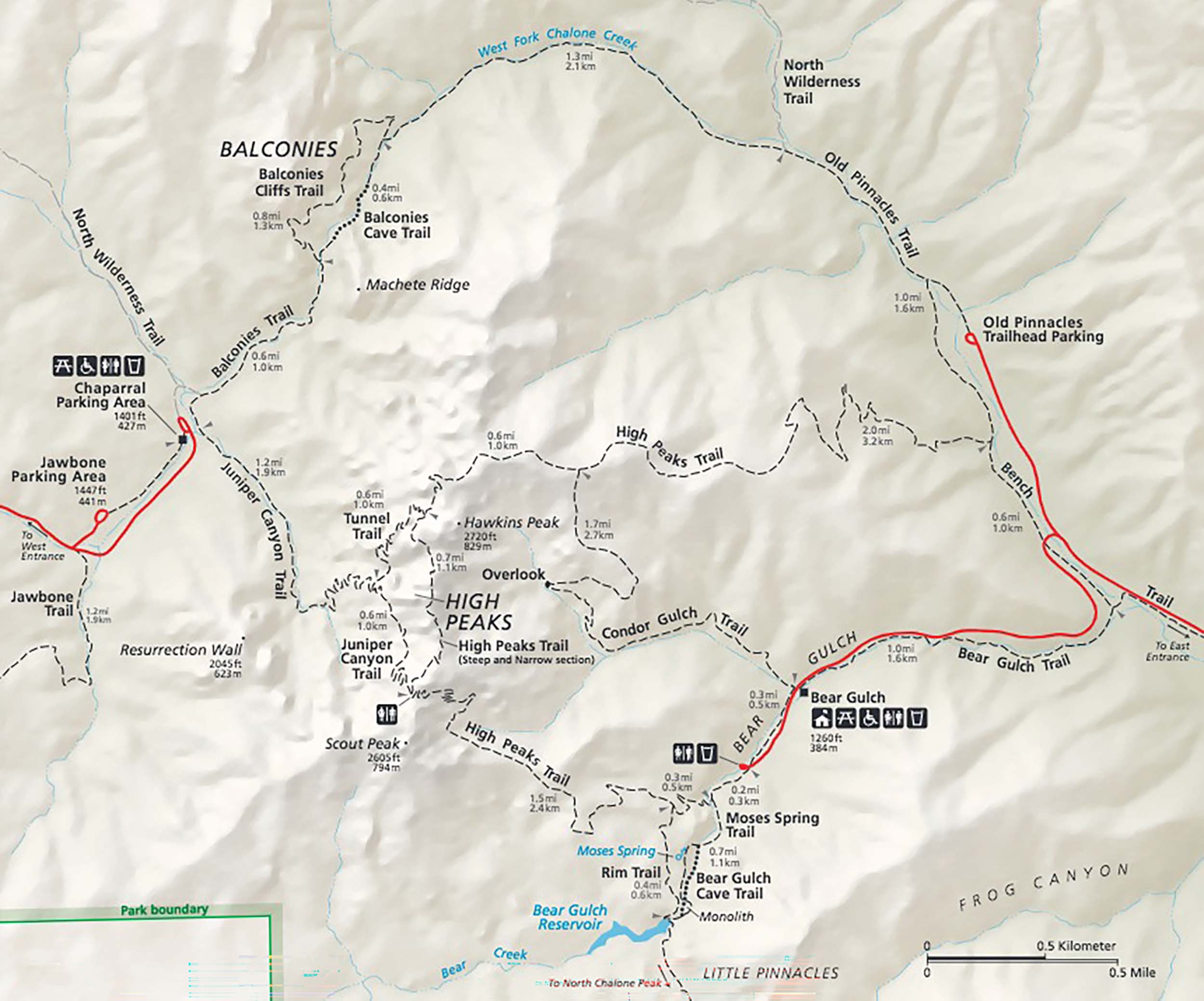
Camping
Pinnacles Campground Details
- Total Campsites: 134 campsites in total.
- Types of Campsites:
- Tent-only sites: 20 campsites are specifically for tent camping.
- RV & Tent sites: The remaining campsites accommodate both tents and RVs.
- Facilities:
- Each campsite is equipped with a picnic table, fire ring, and access to water (drinking water is available throughout the campground).
- Restrooms with flush toilets are available, but there are no showers.
- RV Information:
- Campsites for RVs can accommodate up to 25-foot long RVs. There are no hookups (water, sewer, or electric), so campers will need to be self-sufficient.
- There are no dump stations in the park, so visitors must plan accordingly for waste disposal.
- Reservations:
- Reservations are highly recommended during peak seasons (spring, summer, and fall). Reservations can be made through the National Park Reservation System up to six months in advance.
- First-come, first-served sites are also available, but availability can be limited, especially during busy times.
- Seasonal Notes:
- The campground is open year-round, but the best times to visit are spring and fall when temperatures are milder. Summer can be hot, and winter can be chilly, so visitors should be prepared for varying weather conditions.
- Pet Policy:
- Pets are allowed in the campground but must be kept on a leash at all times.
The campground is conveniently located near hiking trails, such as the Bear Gulch Trail and the Condor Gulch Trail, allowing easy access to park features. Campers can enjoy scenic views, wildlife watching, and stargazing, making it a perfect spot for an outdoor adventure.
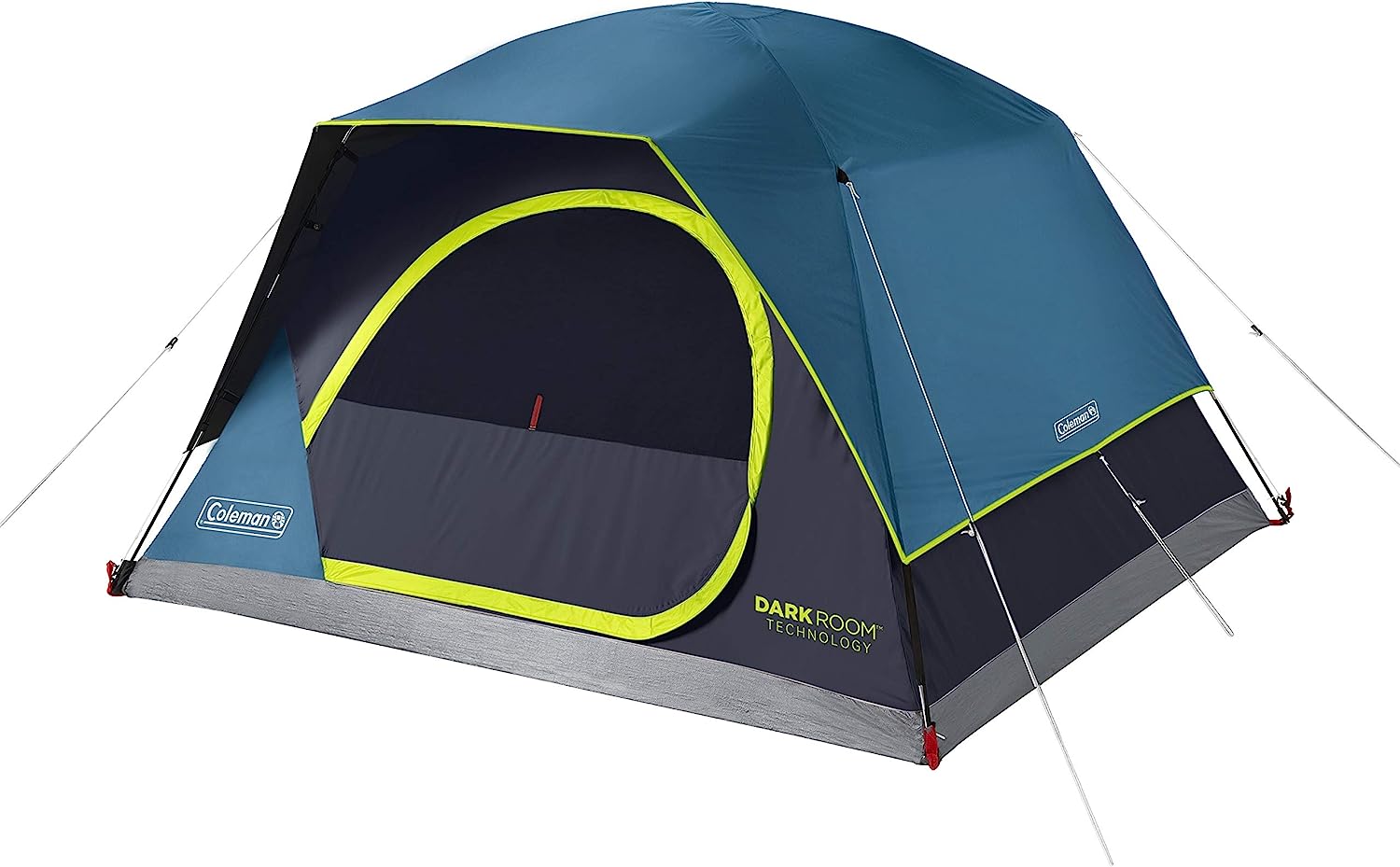
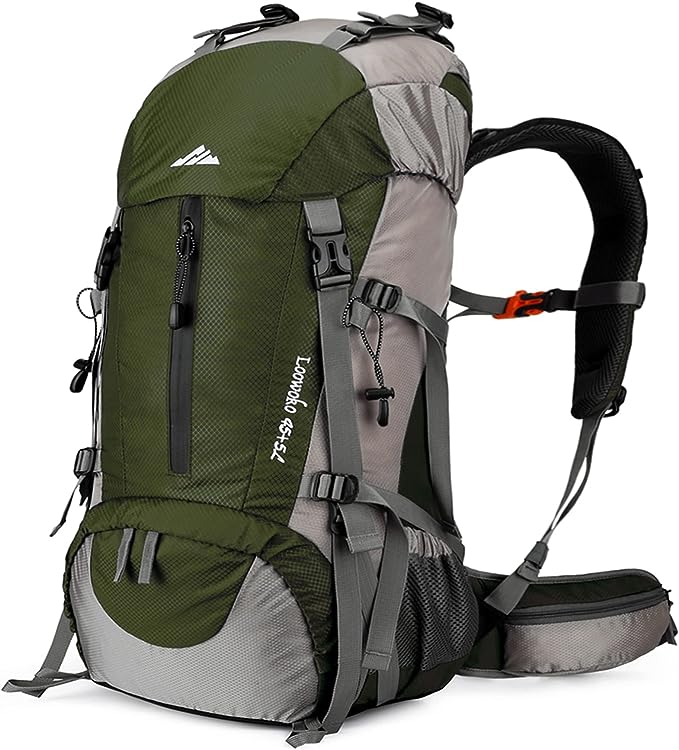
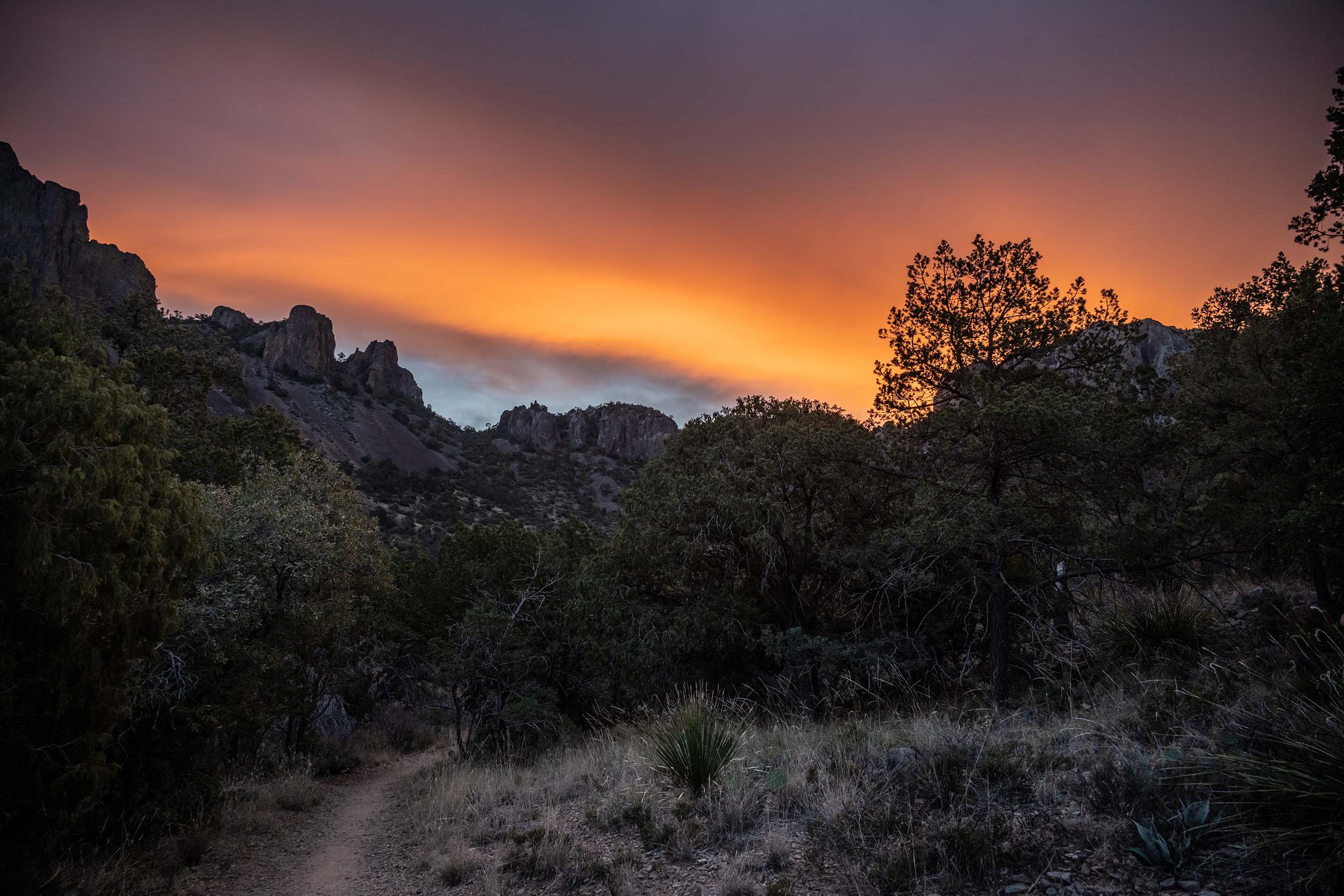
Popular Hiking Trails
Bear Gulch Cave Trail
- Length: 1.5 miles (2.4 km)
- Difficulty: Easy to Moderate
- Description: This short but rewarding trail leads visitors to Bear Gulch Cave, where hikers can explore a cool, narrow passage through the park’s volcanic rock formations. The trail is popular in the summer, as the cave provides a refreshing escape from the heat. Be sure to bring a flashlight or headlamp, as the cave is dark in some sections. The trail also offers scenic views of the surrounding landscape.
- Notes: The cave is often closed in summer to protect bat populations.
High Peaks Trail
- Length: 5.4 miles (8.7 km)
- Difficulty: Difficult
- Description: One of the most challenging and rewarding trails in the park, the High Peaks Trail takes hikers to the top of the park’s iconic rock formations. The trail offers dramatic views of the Pinnacles landscape, with narrow ridgelines, rocky climbs, and expansive vistas. It’s perfect for experienced hikers looking for a strenuous adventure with a rewarding payoff.
- Notes: This trail is not suitable for those with a fear of heights due to some exposed sections.
Pinnacles Trail
- Length: 4.2 miles (6.8 km)
- Difficulty: Moderate
- Description: This trail offers a moderate hike with scenic views of Pinnacles’ famous rock formations. The trail loops around the base of the High Peaks and connects with other trails, offering a relatively easy way to see the park’s beauty without too much elevation gain. It’s great for visitors who want to experience the park’s landscapes without committing to more strenuous hikes.
- Notes: This trail is good for families and less experienced hikers.
Juniper Canyon Trail
- Length: 2.4 miles (3.9 km)
- Difficulty: Moderate
- Description: This trail is a beautiful loop that takes hikers through a canyon surrounded by rock formations, oak woodlands, and chaparral. It’s a relatively short hike but offers great opportunities to see wildlife and enjoy the quiet beauty of the park.
- Notes: It’s a good option for those looking for a shorter hike with diverse scenery.
Condor Gulch Trail
- Length: 2 miles (3.2 km)
- Difficulty: Moderate
- Description: This trail provides fantastic views of the park’s iconic rock spires and is one of the best spots for birdwatching, particularly for California condors, which have been reintroduced to the area. The trail climbs steadily, offering panoramic views of the surrounding valleys and hills.
- Notes: This trail can be steep in places, so be prepared for a moderate workout.
Balconies Cave Trail
- Length: 2 miles (3.2 km)
- Difficulty: Moderate
- Description: The Balconies Cave Trail is another must-do for visitors who want to explore the park’s unique cave systems. The trail takes hikers through rocky terrain and into Balconies Cave, where visitors can walk through a cool, dark passage. This trail also offers beautiful views of the surrounding valleys.
- Notes: A flashlight or headlamp is required to explore the cave. The cave can also be closed to protect wildlife.
Old Pinnacles Trail
- Length: 4 miles (6.4 km)
- Difficulty: Moderate
- Description: Starting from the West Entrance, the Old Pinnacles Trail takes hikers through a more secluded part of the park, with views of rock formations, wildflower meadows, and desert-like landscapes. It’s a great trail for those seeking solitude and an escape from the busier areas of the park.
- Notes: This trail is less visited and offers a peaceful hike with fewer crowds.
North Wilderness Trail
- Length: 7 miles (11.3 km)
- Difficulty: Difficult
- Description: For those looking for a longer, more remote experience, the North Wilderness Trail offers a full day of hiking through the park’s backcountry. The trail traverses rugged terrain, with sections of steep climbs and rocky pathways, providing an adventurous route for seasoned hikers.
- Notes: It’s a more challenging trail that requires good preparation and fitness.
East Pinnacles Trail
- Length: 2.5 miles (4 km)
- Difficulty: Moderate
- Description: This trail offers a quieter, less trafficked option for exploring Pinnacles’ eastern landscape. It winds through chaparral and oak woodlands, offering views of the park’s rocky peaks and valleys.
- Notes: The trail is moderate in difficulty, making it a good option for those who want a more relaxing hike with scenic rewards.
Hiking Trails in Pinnacles National Park
Hiking at Pinnacles National Park offers an unforgettable experience, with a variety of trails that showcase the park’s stunning rock formations, diverse ecosystems, and unique geological features. The park is known for its dramatic landscape, shaped by ancient volcanic activity, which creates towering spires, deep canyons, and winding caves. Hiking through Pinnacles allows visitors to explore this incredible terrain up close, whether it’s traversing rocky paths, climbing steep ridges, or discovering hidden caves. The combination of challenging trails and breathtaking views makes hiking at Pinnacles a must-do for outdoor enthusiasts and nature lovers alike.
The park’s trails cater to a wide range of abilities, from easy walks to strenuous climbs. Popular trails like the Bear Gulch Cave Trail and Balconies Cave Trail provide an exciting mix of hiking and cave exploration, where visitors can walk through cool, dark passages in the park’s volcanic rock formations. For those seeking more challenging hikes, the High Peaks Trail offers a strenuous climb to the top of Pinnacles’ most iconic rock formations, rewarding hikers with sweeping panoramic views of the surrounding valley and distant mountains. These more difficult trails are ideal for seasoned hikers who are looking for a physical challenge combined with the park’s stunning vistas.
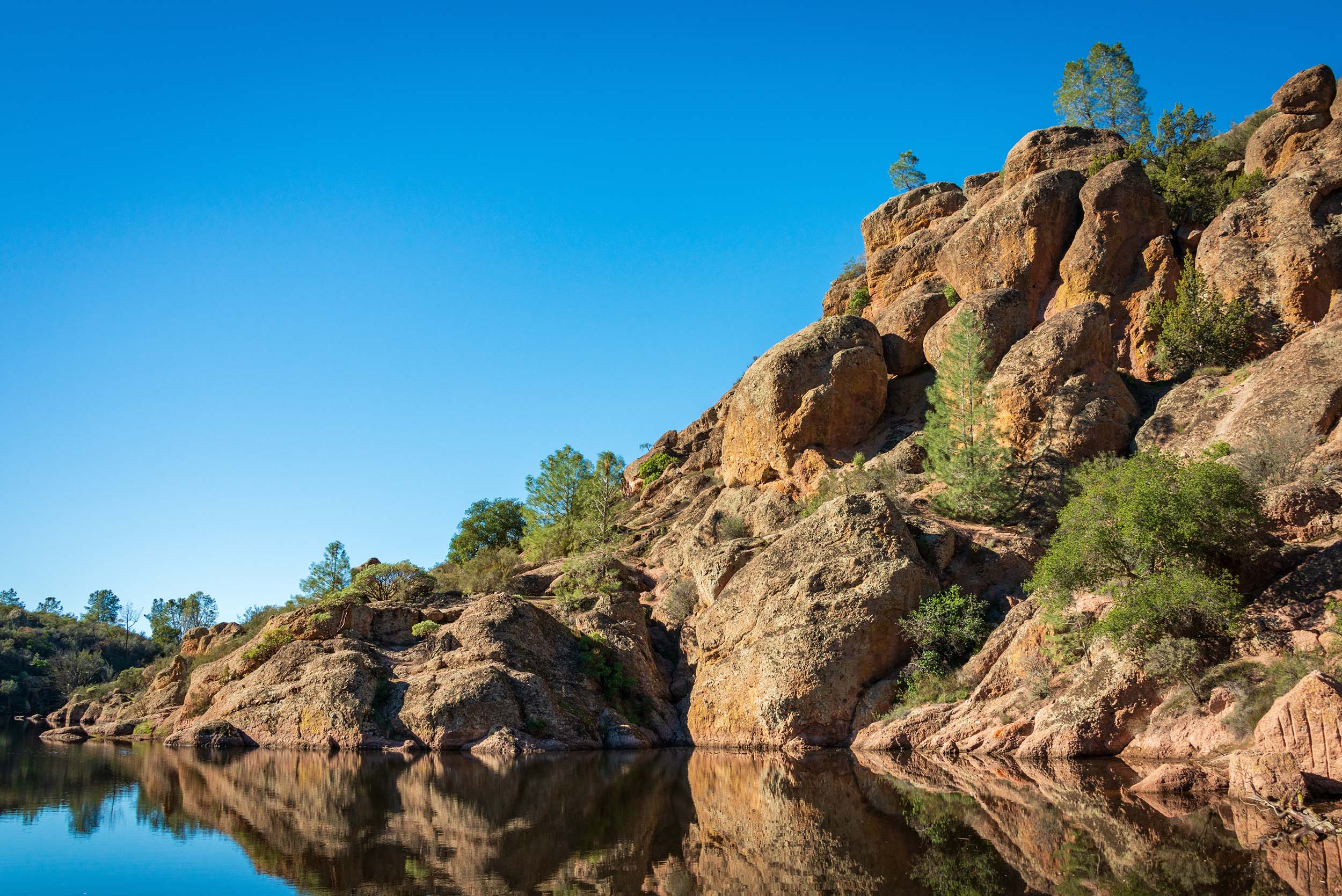
Wildlife at the Park
Pinnacles National Park is home to a rich diversity of wildlife, thriving within its unique landscape of rugged rock formations, oak woodlands, and chaparral. One of the most iconic species in the park is the California condor, an endangered bird with a wingspan of up to 9.5 feet. These majestic birds are a key conservation success story, as they were reintroduced to the park in the 2000s after nearly going extinct. Pinnacles is one of the few places where visitors can witness these awe-inspiring birds soaring above the cliffs, and the park actively participates in ongoing efforts to monitor and protect them.
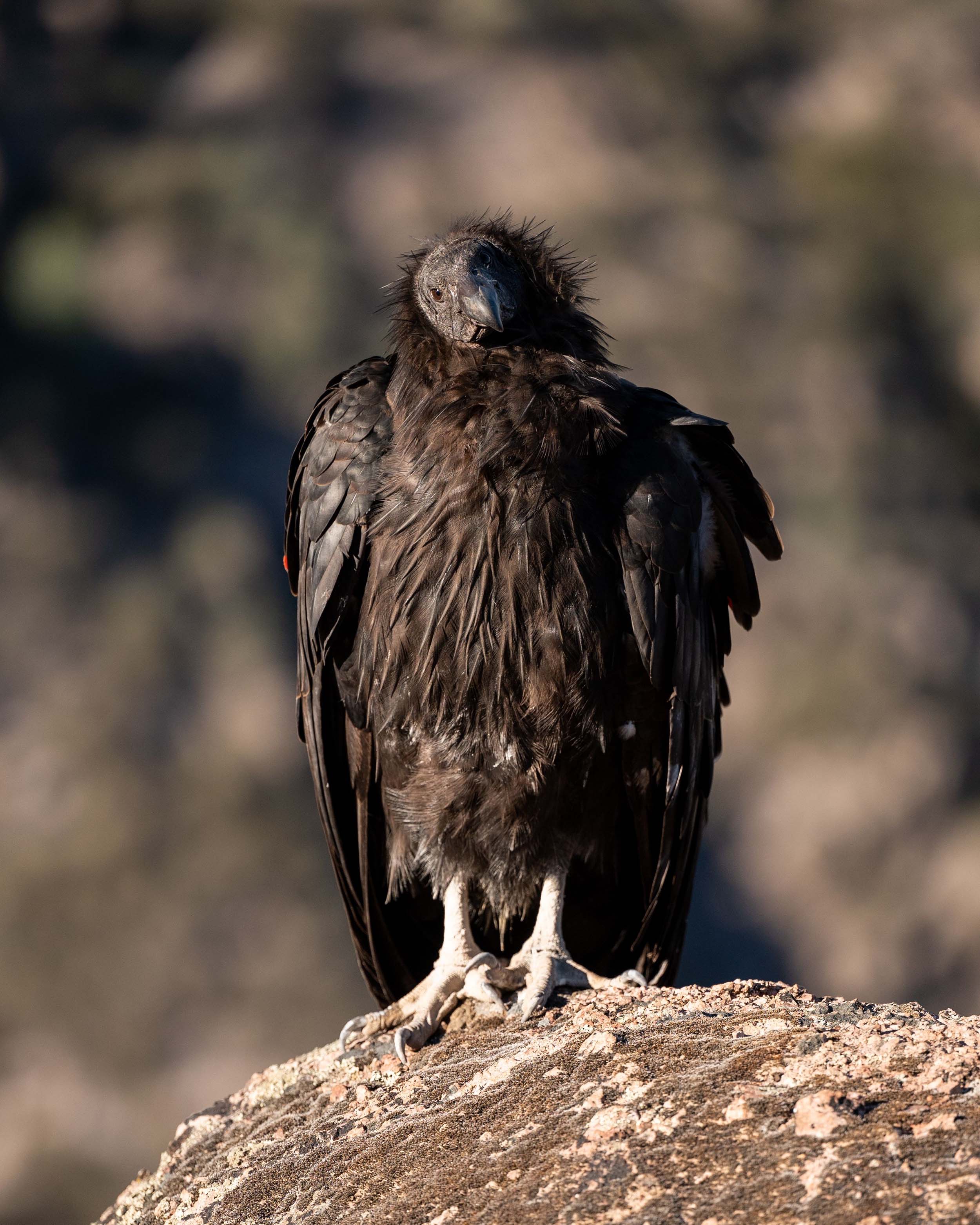

In addition to the California condor, Pinnacles is home to a variety of mammals, reptiles, and amphibians. Coyotes, bobcats, and gray foxes roam the park, often seen in the early morning or at dusk, while smaller mammals like ground squirrels and black-tailed jackrabbits are more commonly spotted during the day. The park’s rocky terrain provides ideal habitat for rock wren, California quail, and western fence lizards, while the warmer months bring an increase in snake activity, including California kingsnakes and gopher snakes, which are non-venomous and help control rodent populations.
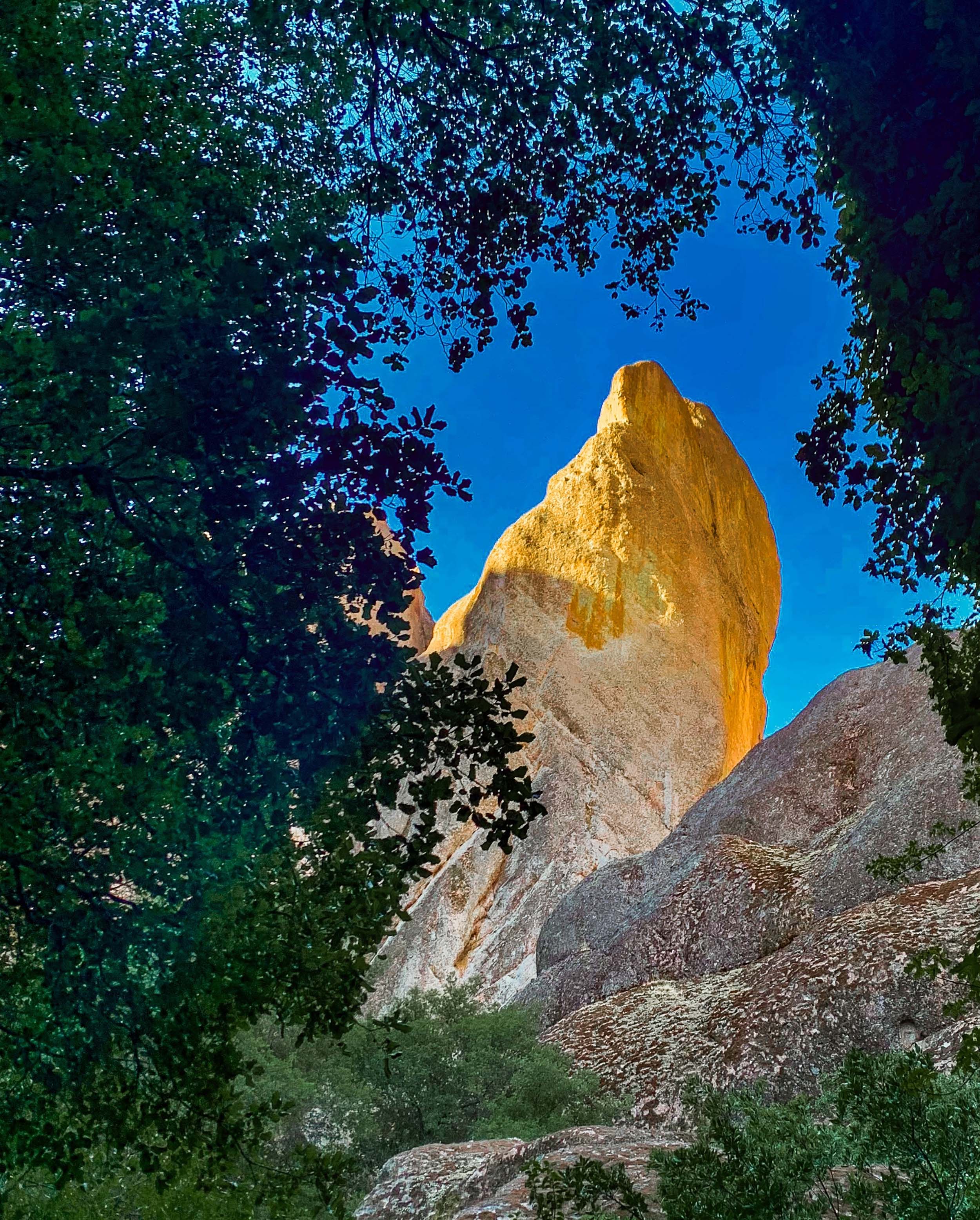
Gear We Used

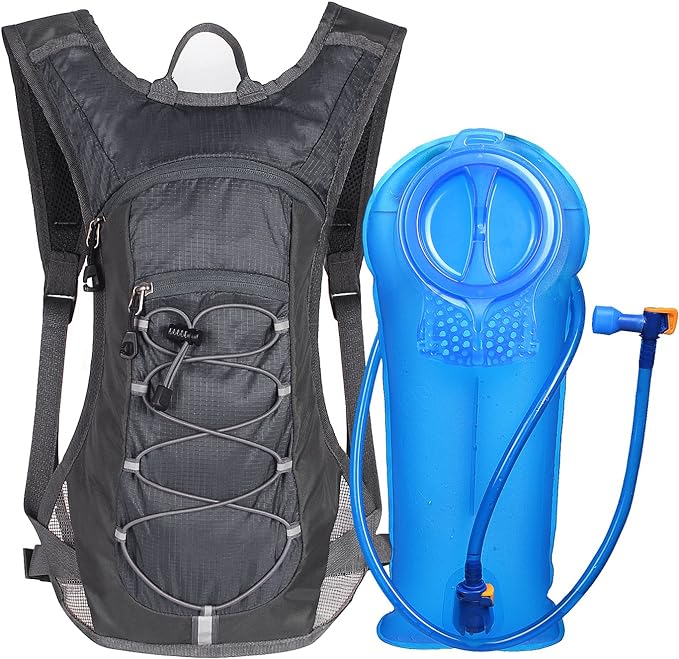
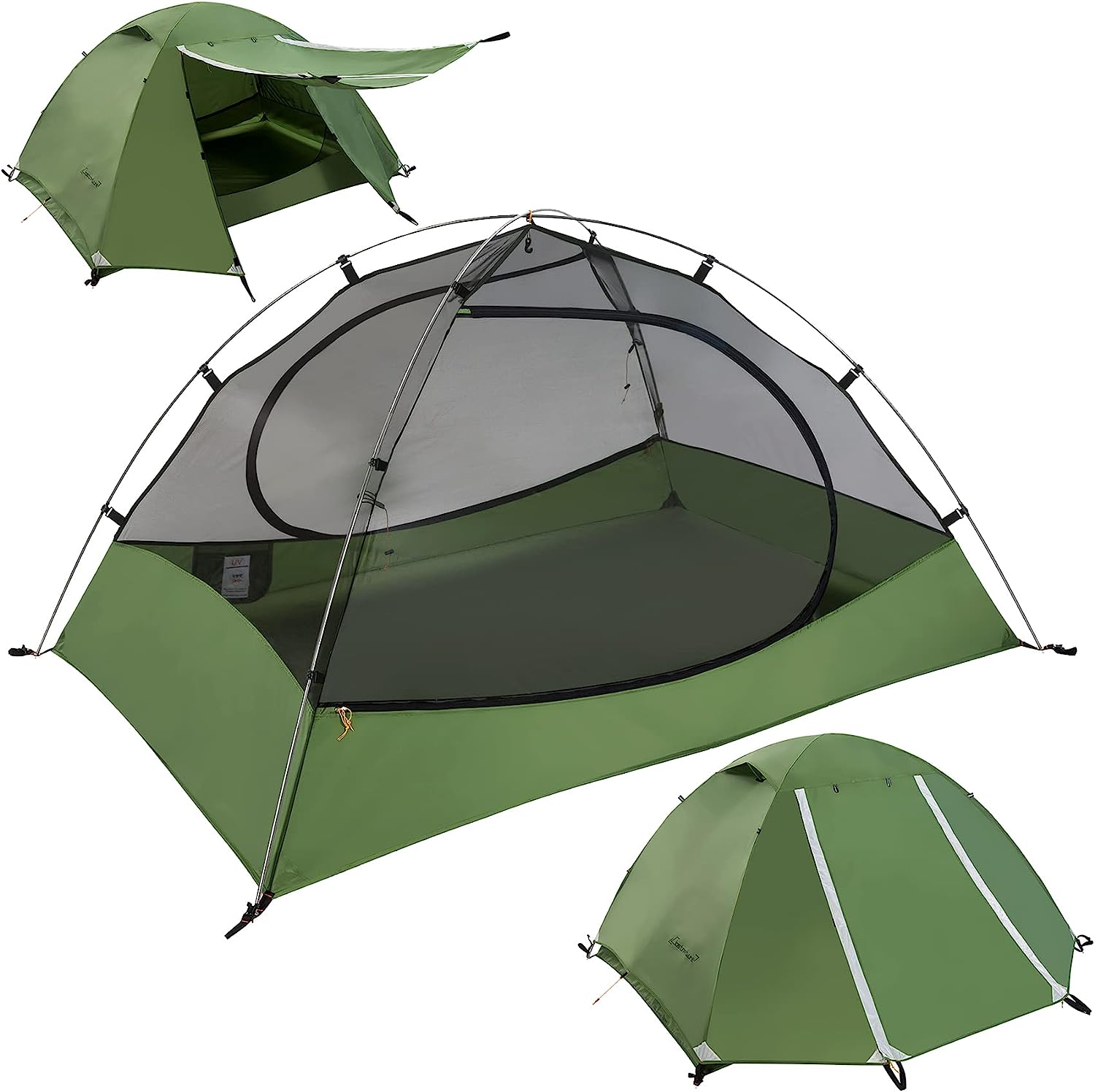
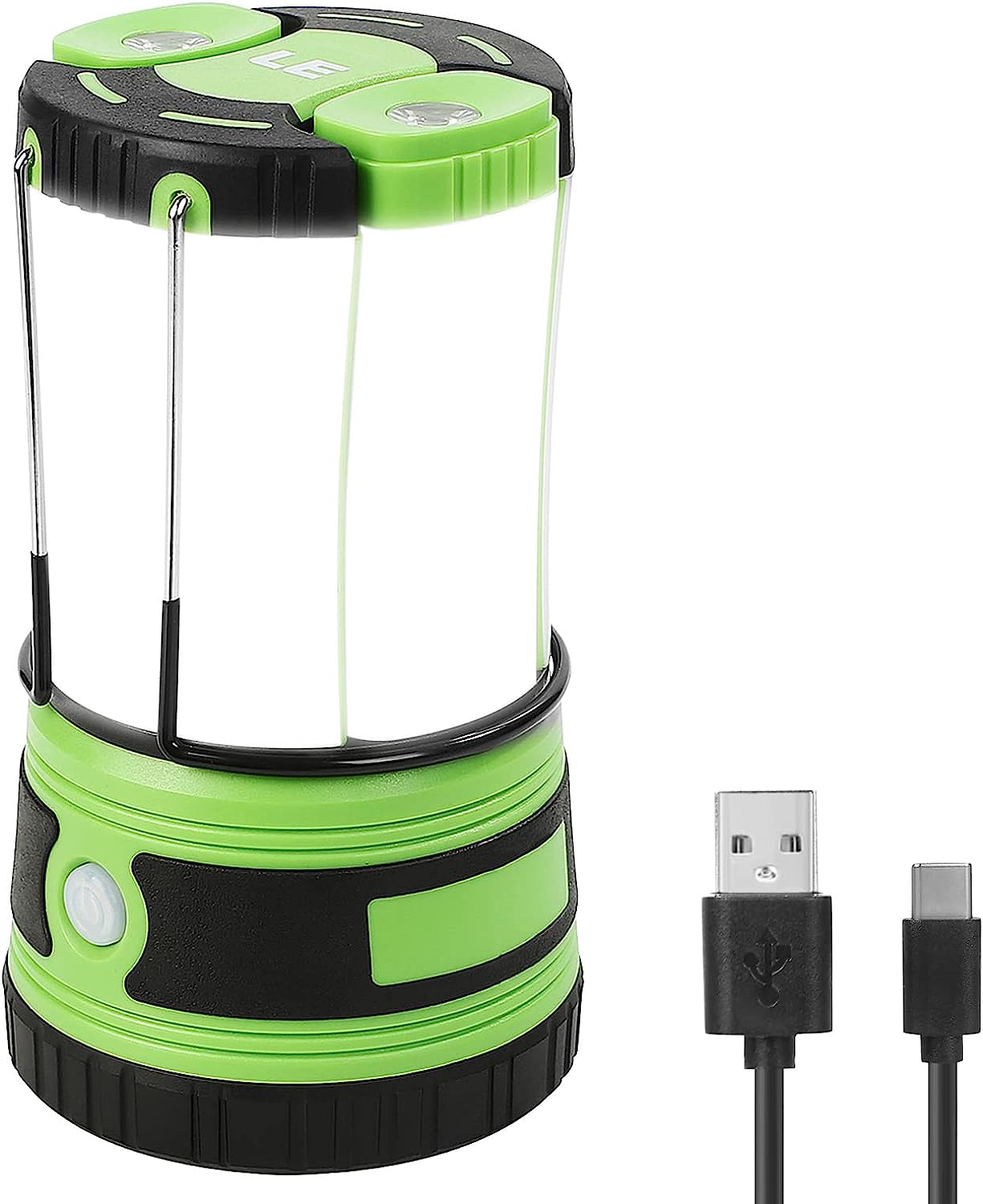
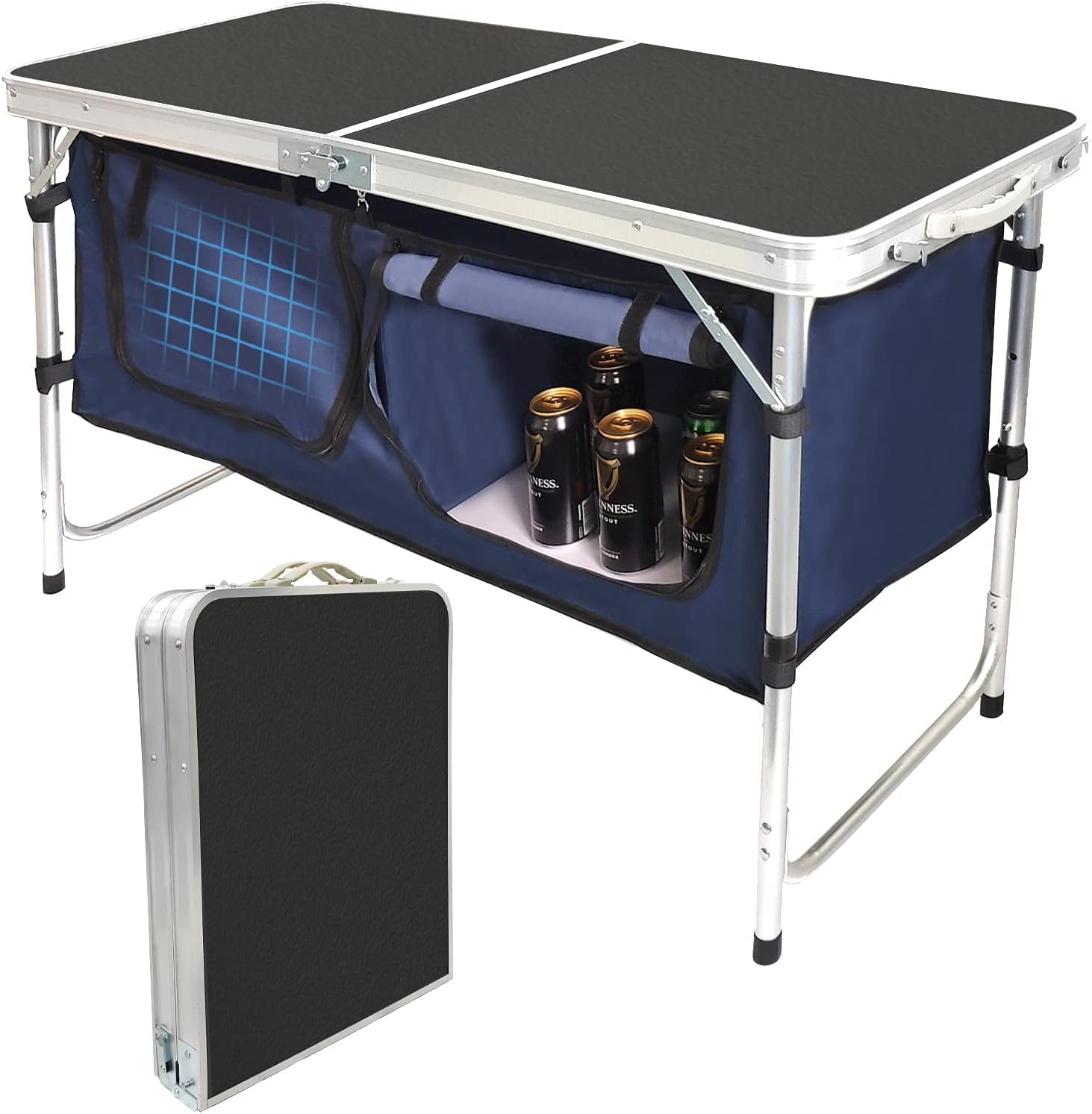
Must-Do Activities
Explore the Caves
Pinnacles is known for its fascinating talus caves, formed by the collapse of volcanic rock. A must-do activity is hiking to Bear Gulch Cave or Balconies Cave, where visitors can experience the park’s stunning geology up close. Bring a flashlight or headlamp to navigate through the cool, dark passageways, which provide an exciting adventure for those looking to explore the park’s hidden underground features.
Spot California Condors
Pinnacles is one of the few places where visitors can see the endangered California condor in the wild. These majestic birds are often spotted soaring above the park’s cliffs, particularly around the Condor Gulch Trail. Birdwatching enthusiasts should take the opportunity to observe these incredible birds and learn more about the park’s ongoing conservation efforts to protect them.
Hike the High Peaks Trail
For adventurous hikers, the High Peaks Trail is a must-do. This challenging, 5.4-mile trail takes you to the top of Pinnacles’ iconic rock formations, offering breathtaking panoramic views of the park and surrounding valleys. Along the way, hikers will encounter narrow ridgelines, steep climbs, and stunning rock spires, making it one of the park’s most rewarding and scenic hikes.
Pinnacles National Park History
Pinnacles National Park has a fascinating history that blends natural forces with human influences. The park’s dramatic landscape was shaped by volcanic activity millions of years ago, with eruptions that created the striking rock formations visible today. The park’s iconic spires, rock faces, and talus caves are the remnants of these ancient volcanic events, which occurred roughly 23 million years ago. As tectonic movements shifted the earth’s crust, the Pinnacles volcanic region was separated and shifted northward from its original location, creating the unique topography seen in the park today. Over time, wind and water have eroded the rocks, giving them their distinct, jagged shapes.
In terms of human history, the area surrounding Pinnacles has been inhabited by Native American tribes for thousands of years. The Amah Mutsun, a group of Native Americans from the Ohlone tribe, have lived in the region for generations, using the natural resources of the area for food, shelter, and tools. The rock formations and caves of Pinnacles were important to their culture, and evidence of their presence can still be found in the park. European settlers arrived in the 18th century, and over time, the region’s rich biodiversity and striking landscape began to attract attention from explorers, botanists, and geologists.






